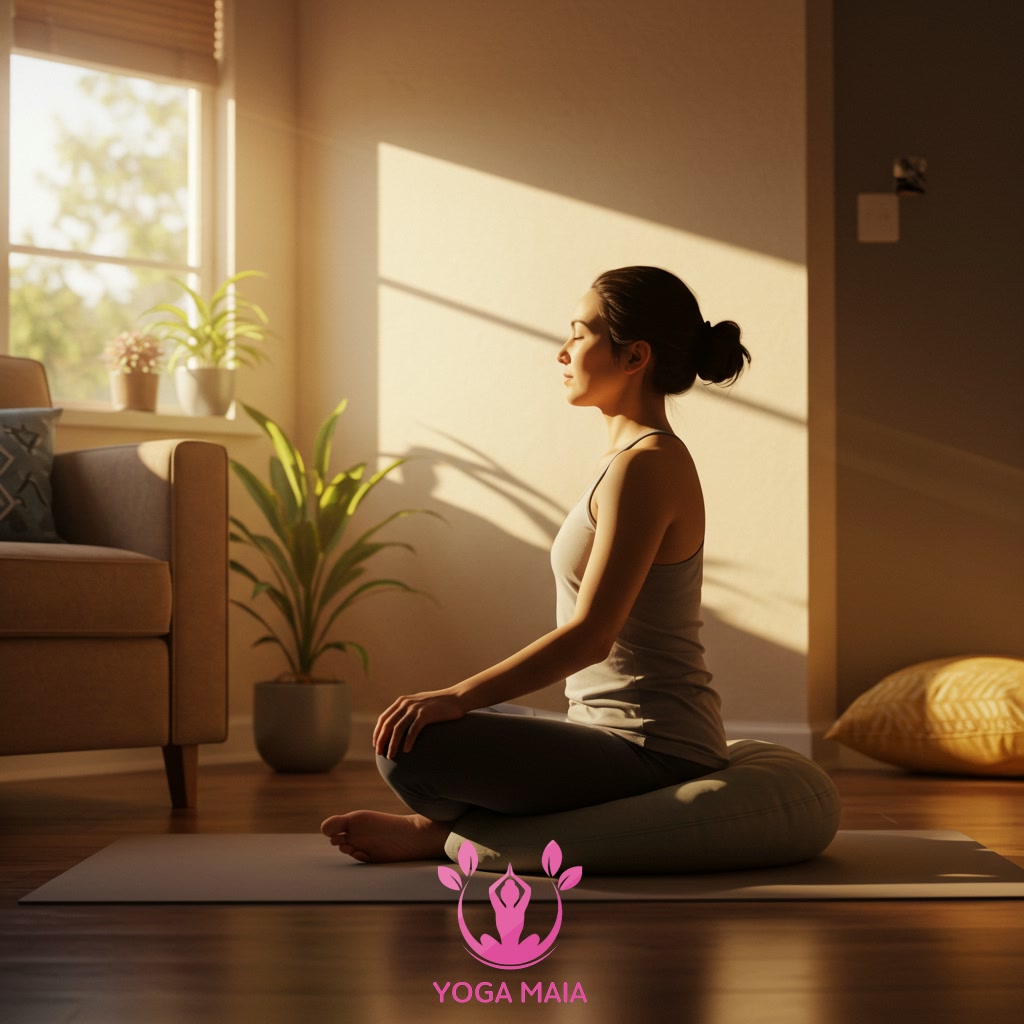Yoga Blog
Unlock Your Everyday Potential with Accessible Yoga Practices
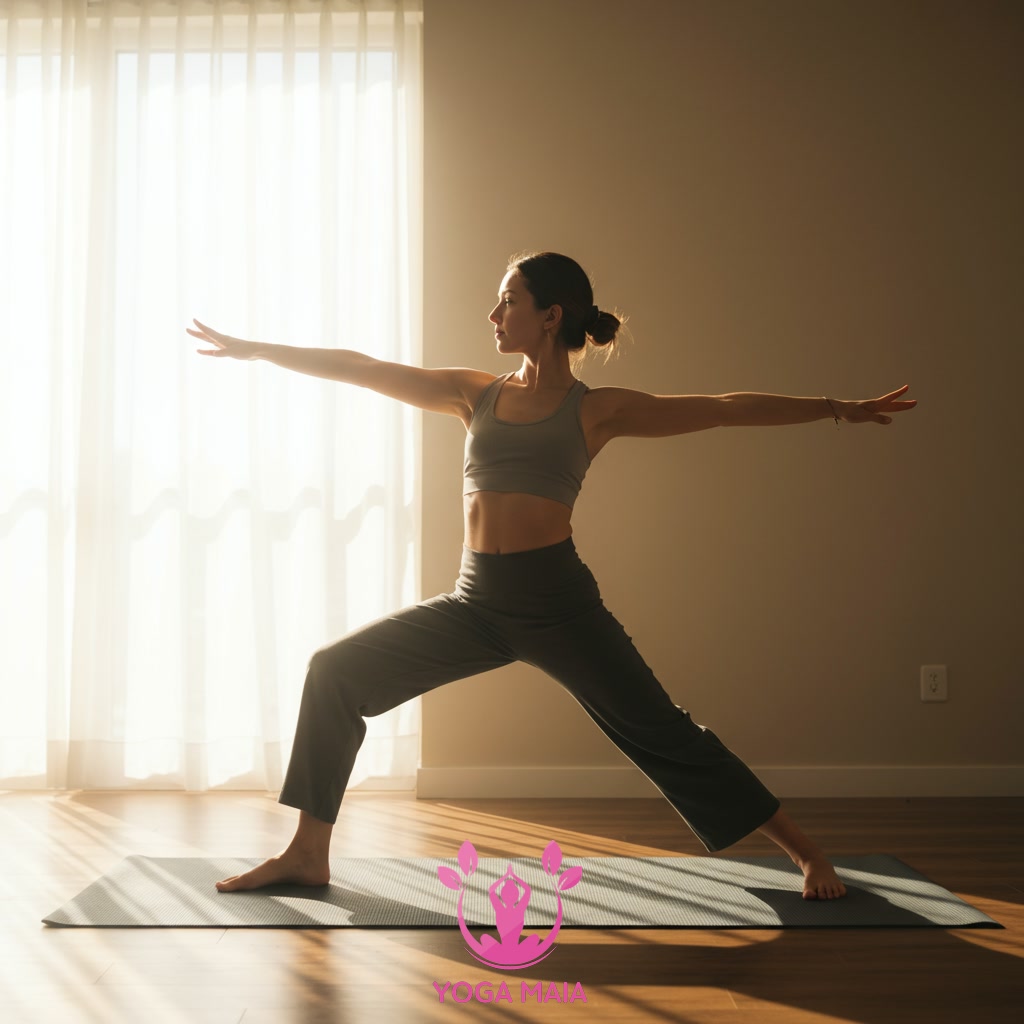
This content explores how simple yoga techniques can help individuals tap into their full capabilities in daily life. It focuses on accessible practices designed for everyone, regardless of experience or physical condition. By integrating these gentle movements and mindfulness into your routine, you can enhance well-being and vitality. Discover practical ways to incorporate yoga to boost energy, reduce stress, and improve focus every day.
Table of Contents
- Section 1: Understanding Accessible Yoga: What It Is and Why It Matters
- Section 2: The Everyday Benefits of Accessible Yoga: Unlocking Your Potential
- Section 3: Making Yoga Accessible for Everyone: Modifications and Tips
- Section 4: Simple Accessible Yoga Practices for Daily Life
- Section 5: Integrating Yoga into Your Busy Routine: Finding Time and Space
- Section 6: Starting Your Accessible Yoga Journey: Tips for Beginners
Section 1: Understanding Accessible Yoga: What It Is and Why It Matters
Accessible yoga is a form of yoga designed to be inclusive and adaptable for individuals of all abilities, body types, ages, and experience levels. Unlike traditional styles that might assume a certain level of physical capability, accessible yoga modifies poses using props like blocks, straps, blankets, or even chairs. The core principle is to make the benefits of yoga – improved flexibility, strength, balance, stress reduction, and mindfulness – available to everyone, regardless of physical limitations or health conditions. Understanding accessible yoga means recognizing that the practice can be tailored to fit *your* body, rather than forcing your body into a specific shape. This inclusive approach is vital because it opens the door for more people to experience the profound physical and mental well-being that yoga offers, making it a practical tool for enhancing everyday life.
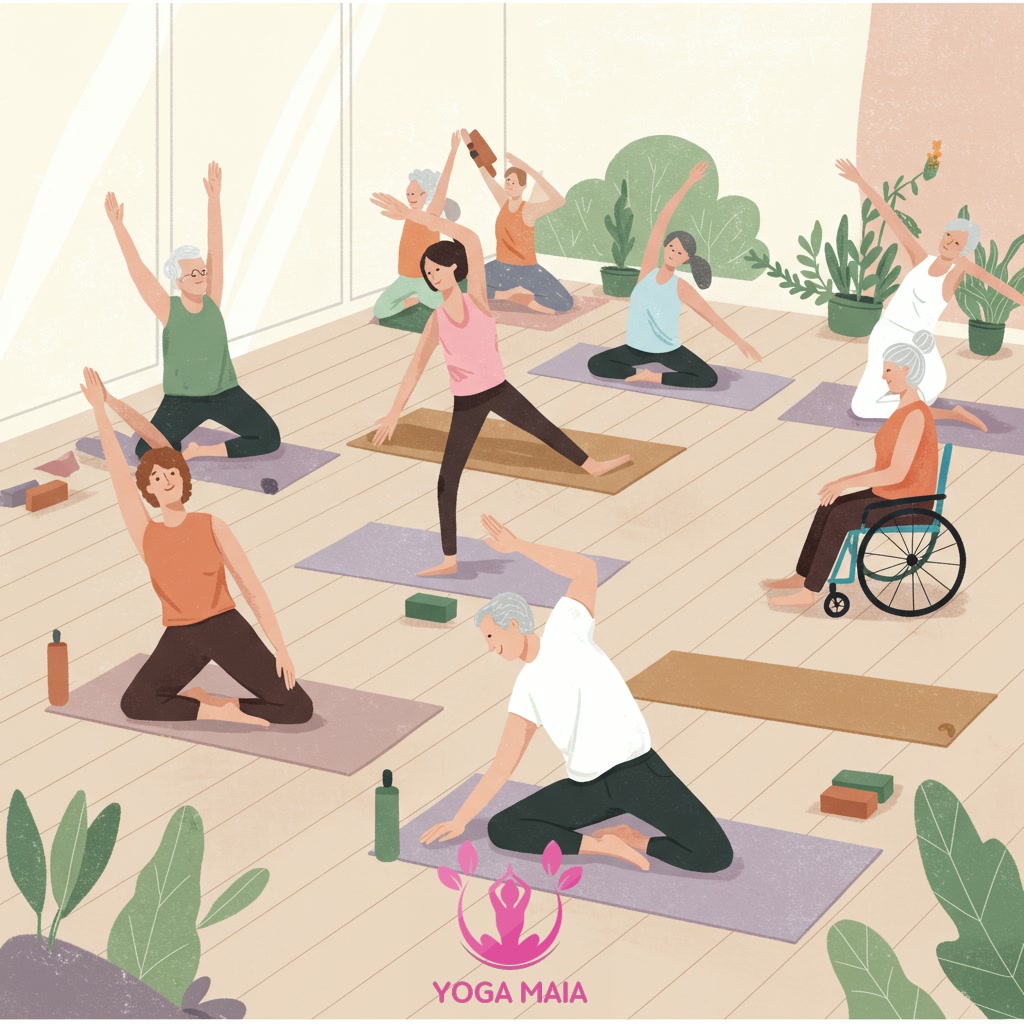
Section 2: The Everyday Benefits of Accessible Yoga: Unlocking Your Potential
Accessible yoga offers practical, everyday benefits that truly help unlock your personal potential. By incorporating gentle movements and mindful breathing into your routine, you can experience reduced physical tension and mental stress, leading to greater ease throughout your day. Improved flexibility and strength support better posture and less fatigue, allowing you to approach tasks with more energy. Furthermore, accessible yoga enhances focus and clarity by calming the mind, enabling you to be more present and effective in your work and interactions. These simple practices empower you to navigate daily challenges with increased resilience and a greater sense of well-being.
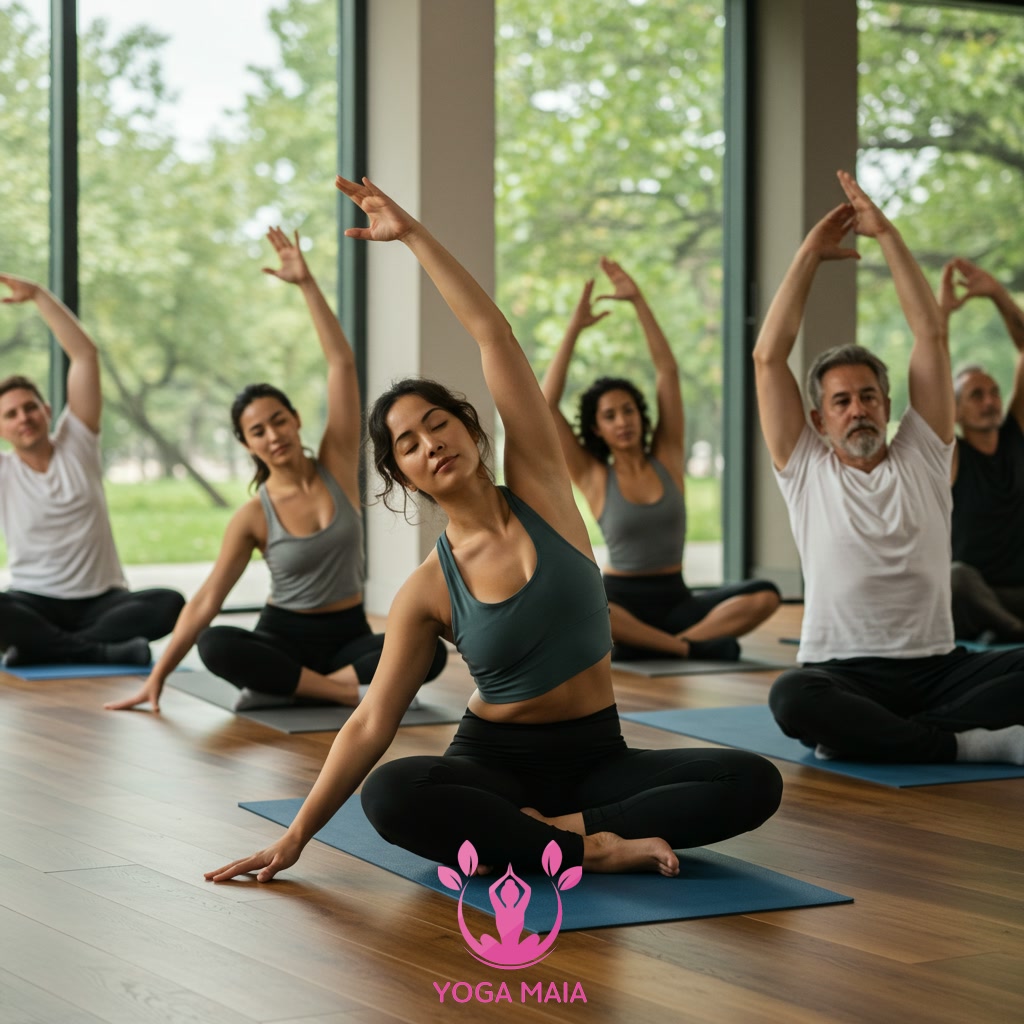
Section 3: Making Yoga Accessible for Everyone: Modifications and Tips
Making yoga accessible is fundamental to unlocking its everyday potential for everyone, regardless of their starting point or physical condition. This involves understanding and utilizing modifications, which are simple adjustments to traditional poses designed to enhance safety, comfort, and effectiveness for individual needs. Props such as chairs, blocks, and straps play a crucial role, providing support, bringing the floor closer, or aiding in extending reach. The core principle is adapting the practice to suit your body, not forcing your body into a shape. By focusing on gentle movements, mindful breathing, and variations that accommodate different abilities, individuals can confidently engage with yoga, ensuring that its stress-reducing and energy-boosting benefits are truly available to all.
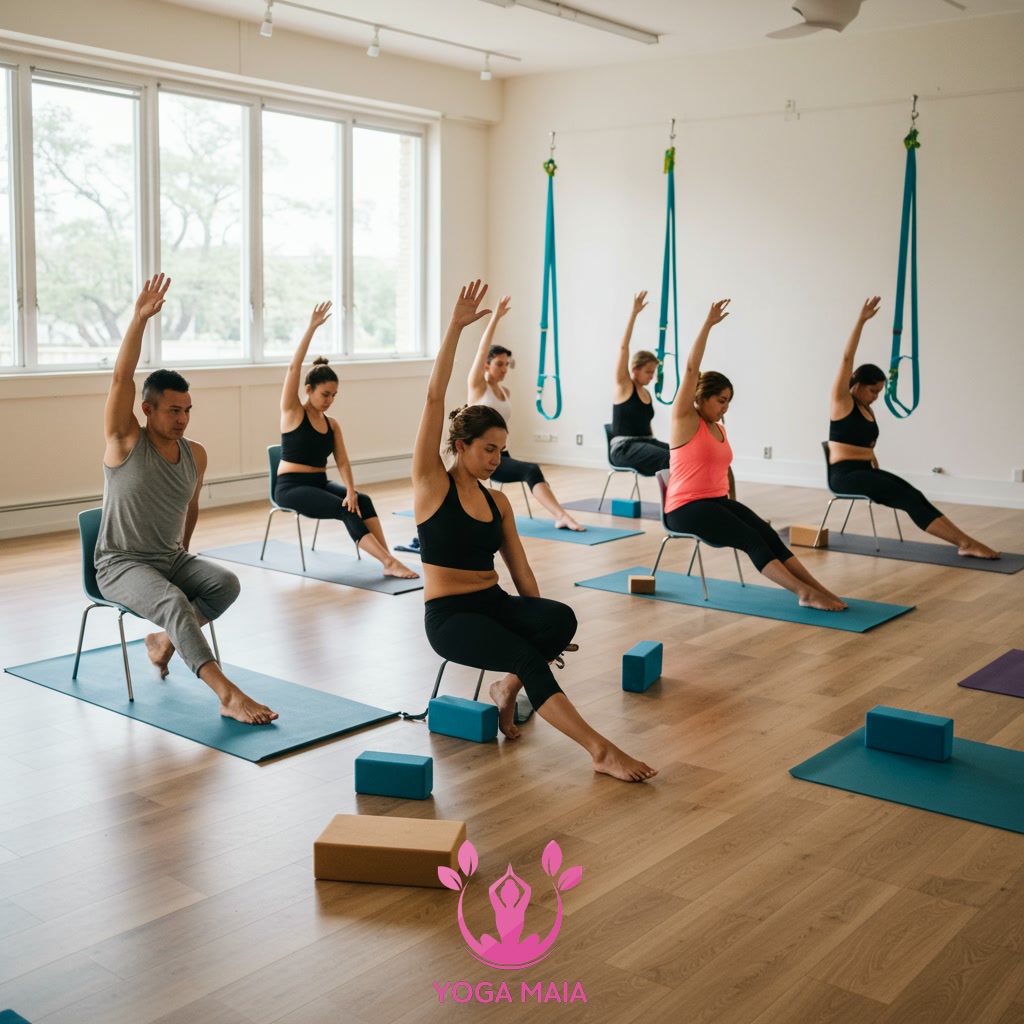
Section 4: Simple Accessible Yoga Practices for Daily Life
Building upon the understanding of modifications, simple accessible yoga practices integrate gentle movements, mindful breathing, and supportive props into everyday routines. These aren’t complex poses but rather foundational techniques adapted for ease and comfort. Examples include seated stretches using a chair, gentle standing balances with wall support, or floor-based movements enhanced by cushions or blocks. The focus is on cultivating body awareness, releasing tension, and improving flexibility without strain. By incorporating these uncomplicated practices, individuals can experience yoga’s benefits – reduced stress, increased energy, and better focus – directly within their daily environment, making well-being truly accessible.
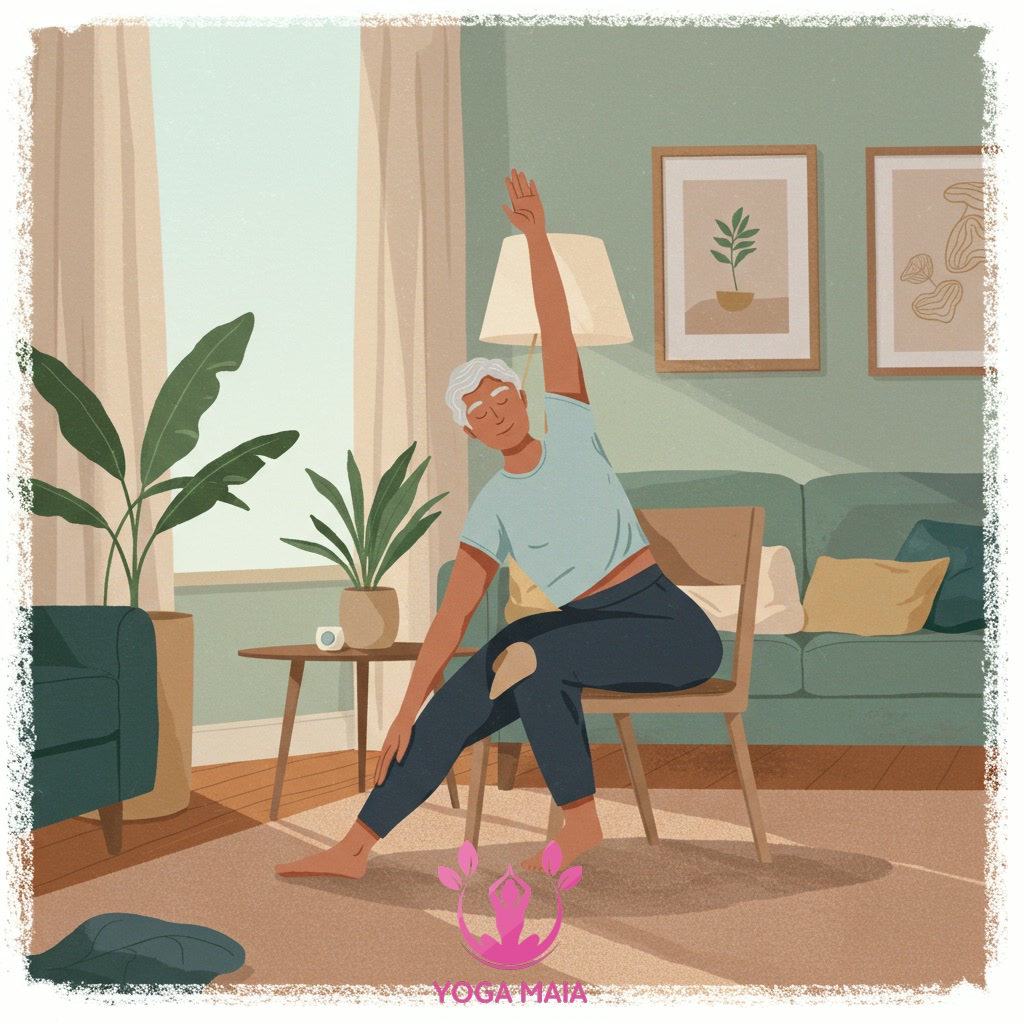
Section 5: Integrating Yoga into Your Busy Routine: Finding Time and Space
Integrating accessible yoga practices into your busy routine is more achievable than you might think. It doesn’t require dedicating large blocks of time or finding a perfect, quiet space. Instead, look for small pockets throughout your day where you can incorporate a few minutes of movement or mindful breathing. This could be a quick stretch during a work break, a few deep breaths while waiting, or a short sequence before starting your day. Identify a small, comfortable area in your home or office – even a corner or space beside a chair can suffice. The key is consistency; brief, regular practice is more impactful than infrequent long sessions. Be flexible, start small, and gradually weave these simple techniques into the fabric of your daily life, making self-care a non-negotiable part of your schedule.
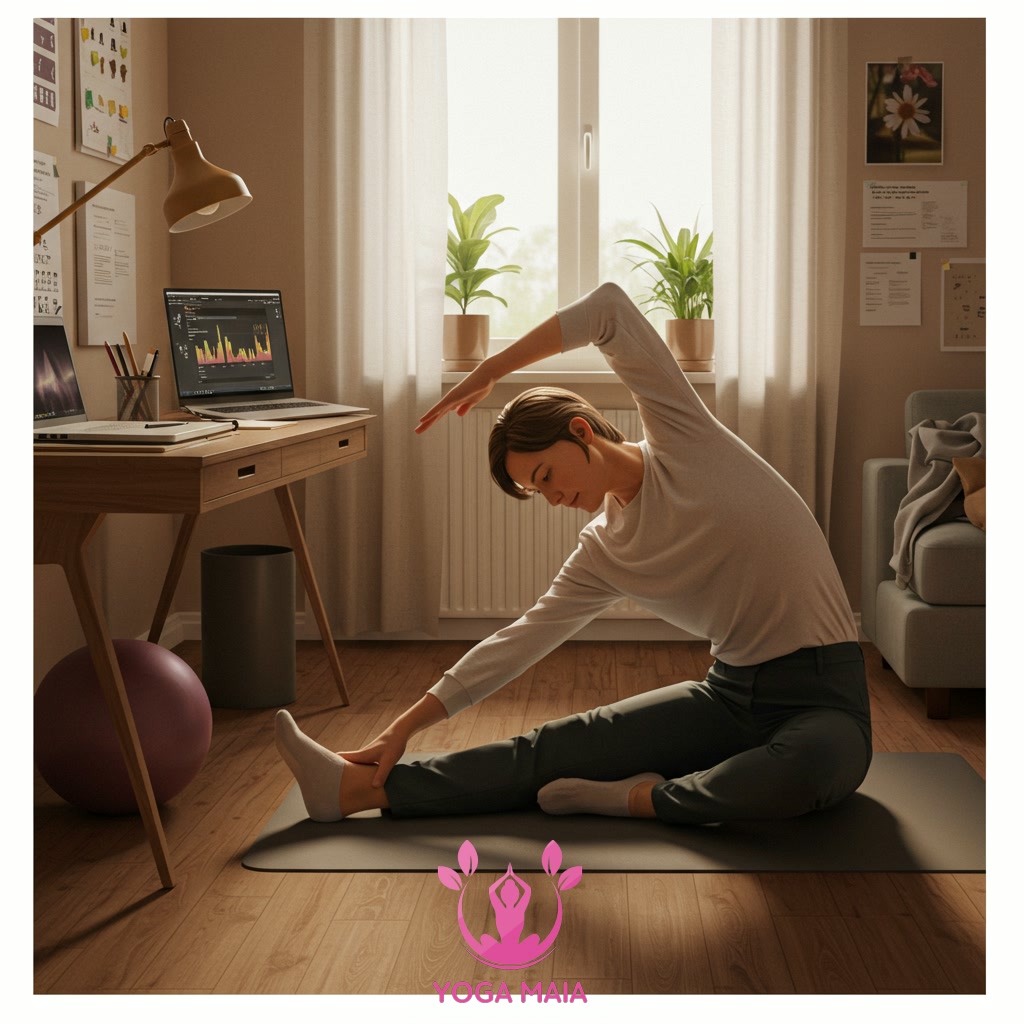
Section 6: Starting Your Accessible Yoga Journey: Tips for Beginners
Building on the idea that accessible yoga fits into your routine easily, starting your journey is simpler than you might imagine. The key is to begin small and listen intently to your body. Don’t feel pressured to perform complex poses; focus on gentle movements and finding comfort. Consider using everyday items as props – a chair for support, a cushion for seating, or a wall for balance. Start with just a few minutes each day, perhaps incorporating a simple stretch or mindful breathing during a natural pause in your routine. The goal is consistency and ease, making yoga a supportive part of your daily life rather than another chore. Remember, accessible yoga is about adapting the practice to *you*.
